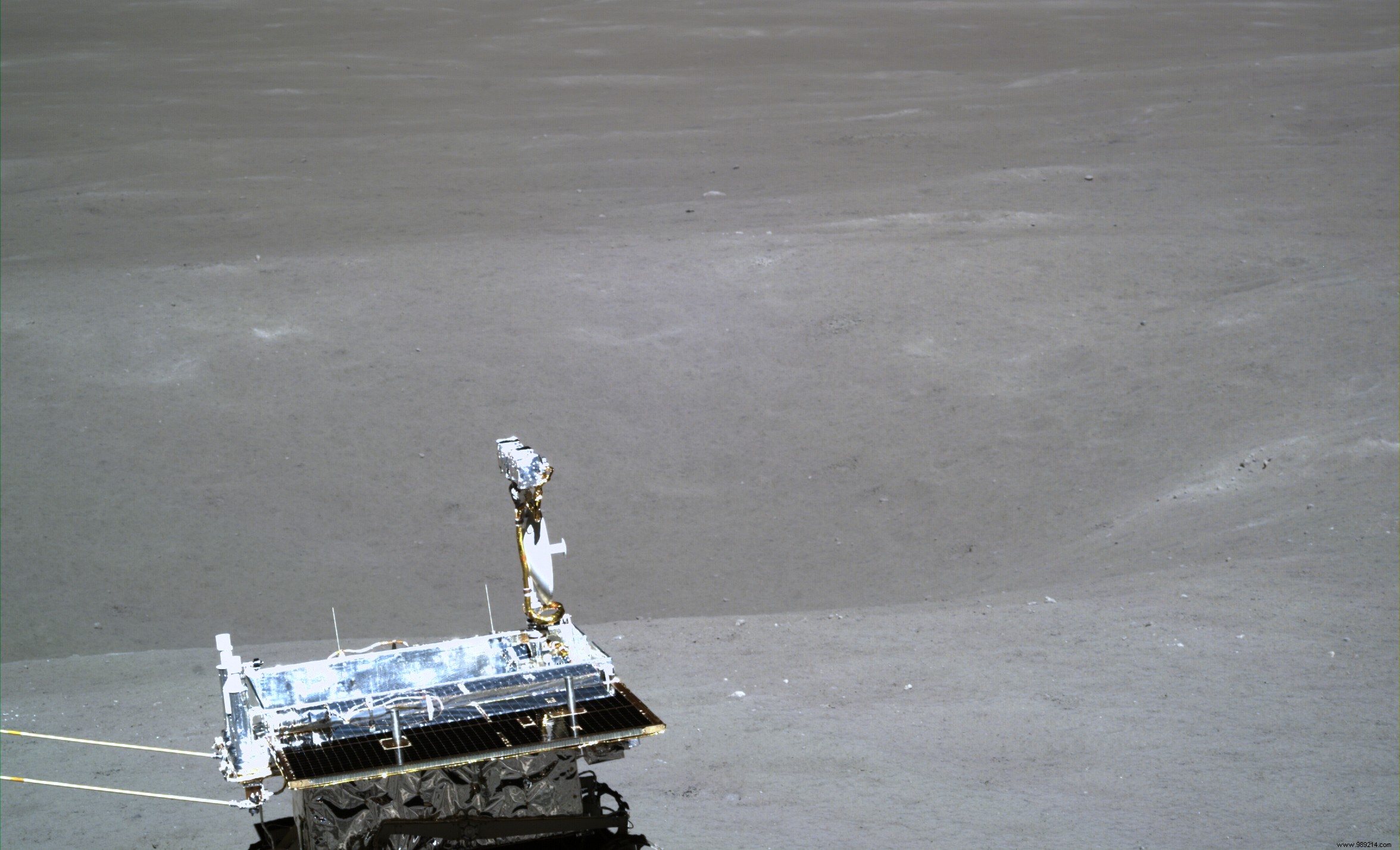Chinese researchers have recently developed a facility that provides low-gravity environments through magnetism in an attempt to simulate lunar conditions. Instruments will be tested inside before being sent to the Moon.
Located in the city of Xuzhou, this low-gravity simulator should be officially operational in the coming months. The facility will use powerful magnetic fields inside a sixty centimeter diameter chamber where rocks and dust will be deposited with the aim of testing technologies in prolonged low-gravity environments before it is sent to the moon. As a reminder, the lunar gravity represents only one sixth of its force on Earth.
According to Li Ruilin, a geotechnical engineer at China University of Mining and Technology, this chamber is the "first of its kind in the world to offer low-gravity conditions "as long as you want “, enough to take the lunar simulation to a whole new level . Indeed, while some experiments, such as impact tests, generally only last a few seconds, others, such as those aimed at deforming a metal subjected to very high temperatures and pressures (creep test) can take several days.

For this installation, the researchers were inspired by the work of André Geim, a physicist from the University of Manchester (United Kingdom). He was awarded the satirical Ig Nobel Prize in 2000 for designing an experiment to make a frog float with a magnet. He was incidentally also co-recipient of the Nobel Prize in Physics in 2010 with Konstantin Novoselov .
The levitation trick used by Geim came from an effect called diamagnetic levitation . As a reminder, atoms are made up of nuclei and electrons that gravitate around them. These movements induce tiny magnetic fields. Usually these magnetic fields are randomly oriented. Add up all those of an object or any other matter and all those tiny magnetic fields cancel each other out. From then on, no magnetism is manifested.
However, if you apply an external magnetic field to these atoms, the electrons will change their motion. They will then produce their own magnetic field to oppose the applied field. If the outer magnet is strong enough, the repulsive magnetic force between it and the field of atoms will itself become strong enough to overcome gravity. From then on, you can levitate an object.
The tests performed in this chamber will be used in the Chinese lunar exploration program . In March 2021, Zhang Kejian, head of the Chinese National Space Agency, had indeed signed an agreement with Russia with the aim of developing a scientific station on and/or around the Moon. In the longer term, the objective will be to establish a permanent human presence.